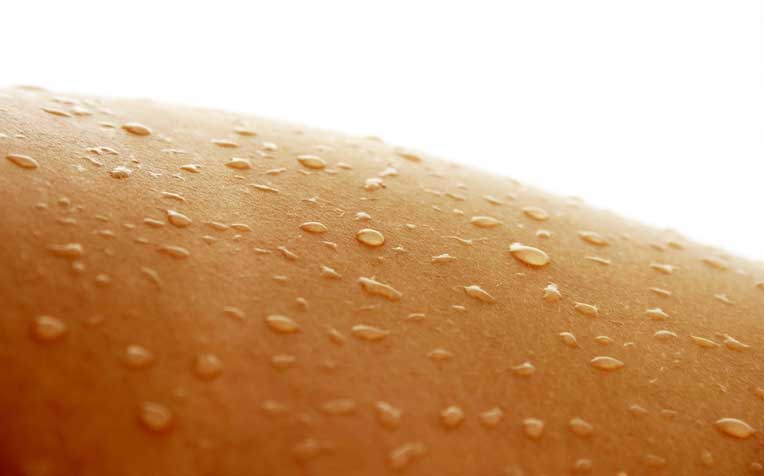HealthXchange will NEVER ask you to transfer money over a call. If in doubt, call the 24/7 ScamShield helpline at 1799, or visit the ScamShield website at www.scamshield.gov.sg.

One of the fastest way of removing heat from the body is by spraying it with a fine mist of lukewarm water.
What doctors can do to treat heatstroke
Heatstroke can cause seizures, brain injury, and problems with the liver, kidneys and circulation. It can also affect the blood’s ability to clot. When the body is severely dehydrated, blood pressure drops as blood vessels dilate, and not enough oxygen is supplied to the kidneys. Muscles are also not getting enough blood supply, causing cells to start leaking enzymes and proteins, which then clog up the kidneys.
One of the fastest ways of removing heat from the body is by spraying it with a fine mist of lukewarm water. “We spray the body from all directions with finely misted room-temperature water. A fan blows to evaporate this water off the skin. When water evaporates, it lowers the body’s temperature very quickly,” said A/Prof Phua Ghee Chee, Senior Consultant at the Department of Respiratory and Critical Care Medicine, Singapore General Hospital (SGH), a member of the SingHealth group.
“The bigger the area that is misted, the faster the body is able to lose heat,” Dr Phua added. Ice-cold water is unsuitable because it causes the patient to shiver – the body’s natural reaction to keep warm – and that causes heat to be retained instead.
When rushed to the intensive care unit (ICU), heatstroke patients may have low blood pressure and may not be breathing adequately, so a breathing tube and an intravenous drip are usually used. An ICU doctor and a nurse are also with these patients in the cooling room to monitor their condition. A rectal thermometer is inserted to check the patient's temperature.
For very severe cases of heatstroke, a device known as an endovascular cooler is inserted into the large blood vessel in the thigh, much like dialysis, to cool the blood. Another method is to run water – through a tube inserted either through the nose to the stomach, or surgically – to cool the body. For milder forms of heat disorders, special cooling blankets (cooled to low temperatures), cooling pads or ice packs are used.

Ref: N18
Contributed by
Related Articles
Public Events
Get the Health Buddy App
© 2025 SingHealth Group. All Rights Reserved.















 Get it on Google Play
Get it on Google Play